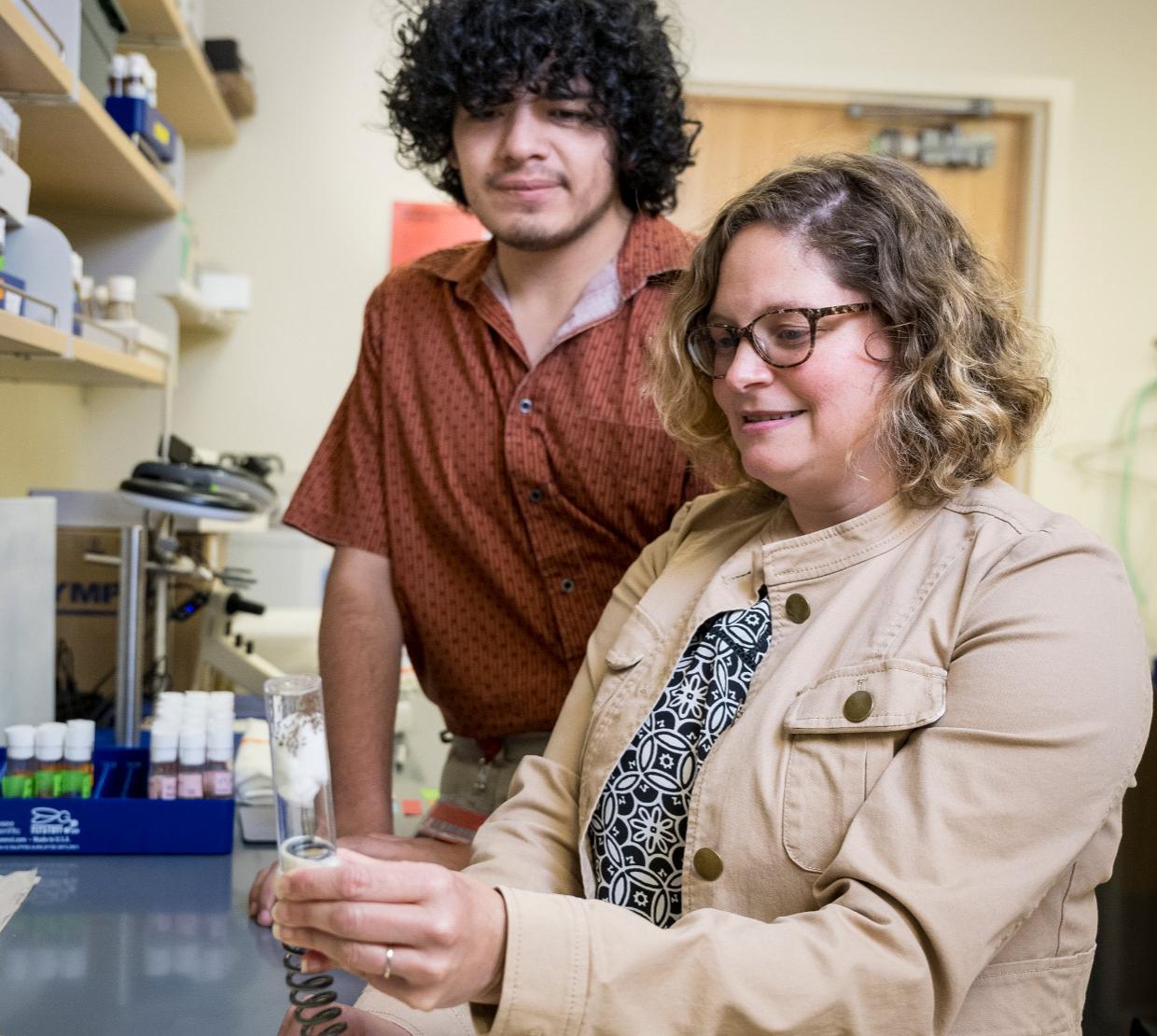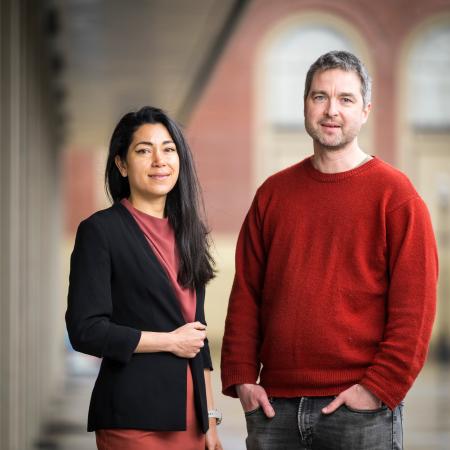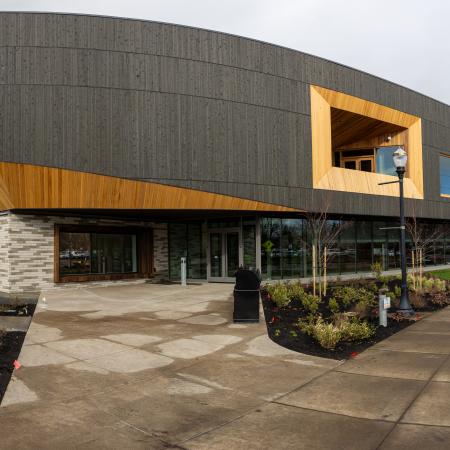Every student deserves hands-on research opportunities. But how can that be a reality with limitations on time and available faculty?
Alysia Vrailas-Mortimer, College of Science associate professor and principal investigator with the Linus Pauling Institute, and her colleagues in the Fly-CURE consortium stumbled upon a solution they hope to expand across the U.S.
Fly-CURE RCN is a research coordination network that brings together faculty across the U.S. to create course-based undergraduate research experiences.
“This is a really great opportunity, particularly for students who are from low-income or first-generation backgrounds where they don’t necessarily have someone guiding them through the process or students who have to choose between working a job and getting a research experience,” she said. “By embedding research in a course, we try to eliminate some of these barriers for students who otherwise wouldn’t seek out a research experience.”
And this is more than traditional coursework. Students work on a research project that no one, not even the faculty, knows the answer to. By making it a course, students get class credit and real-world hands-on, vital inquiry-based research experiences. This creates a method for one faculty member to provide authentic research experiences for many students all at once.
Vrailas-Mortimer and her colleagues recently received funding from the National Science Foundation Division of Biological Infrastructure to continue to expand the program. Fly-CURE will act as a centralized hub for training undergraduates in four new CUREs encompassing in-demand curricular topics: Bioinformatics, Behavioral Genetics, Molecular Biology, and Developmental Biology.
Fly-CURE started at the University of Detroit Mercy in 2012. Students mapped and characterized mutants isolated from a genetic screening of common fruit flies.
Initially, seven institutions joined the program in 2014. Now, faculty from over 25 institutions are involved, including community colleges and minority-serving institutions. New faculty are supported with a stipend to cover the cost of implementing the course in their own class.
The program is also modular, meaning faculty can pick and choose what they teach.
“If somebody wants to do a portion of the behavior and a portion of the bioinformatics, they can do that in their course,” Vrailas-Mortimer said.
Last winter, she developed and implemented the genetics of behavior lab as a part of her Cellular and Molecular Biology course. Oregon State students worked with Drosophila melanogaster —fruit flies—that have a mutation in their genome to see how the mutation affects the behavior of the flies and affects their recovery from traumatic brain injury.
Students and instructors involved with the program have their work published in microPublications Biology and everyone involved are listed as authors.
“This is a peer-reviewed publication. So the students are going through the whole real experience that any researcher goes through,” she said.
Based on course assessment tools, there is strong evidence that the overall Fly-CURE course has an impact on students' knowledge, sense of belonging to the scientific community and interest in pursuing additional research experiences. Vrailas-Mortimer anticipates that these new curricular CUREs will further improve student experiences with the hope that students from diverse backgrounds will pursue careers in STEM fields.




